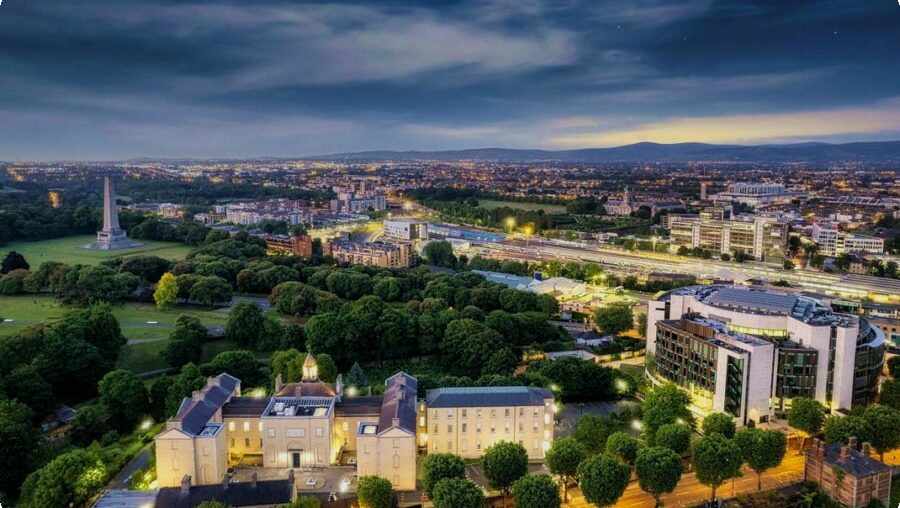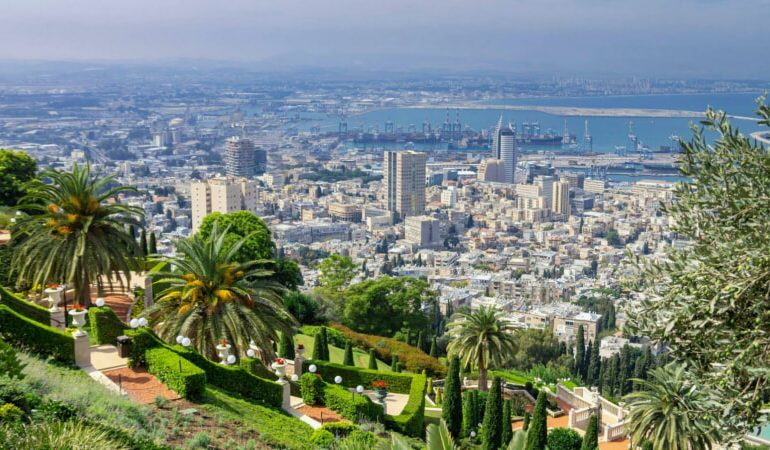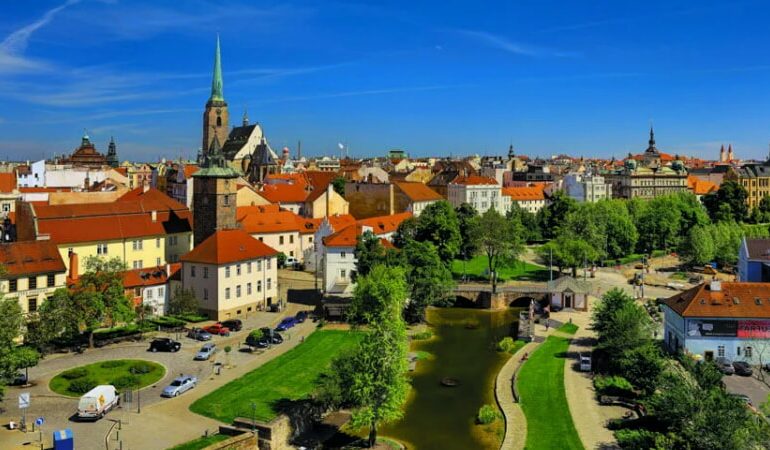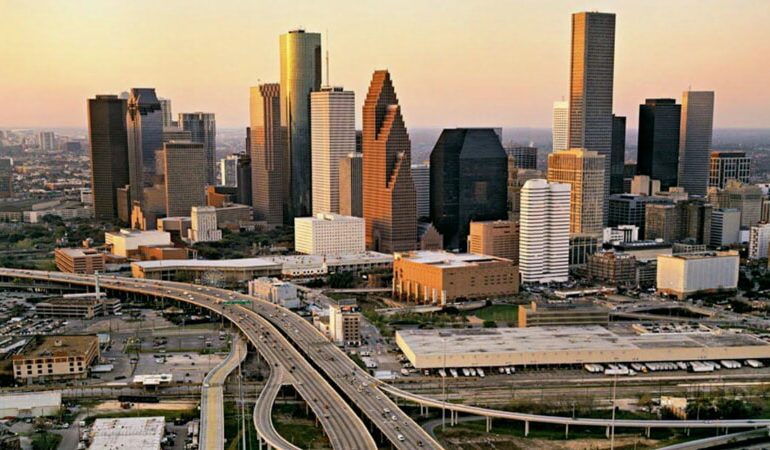If you want to visit Dublin, you’re in for a treat. Dublin is one of Europe’s most historic cities and it also has a lot to offer. In this article, we’ll talk about how to plan your trip and what to do when you’re there. Vesides, you can also book a tour from a local guide.
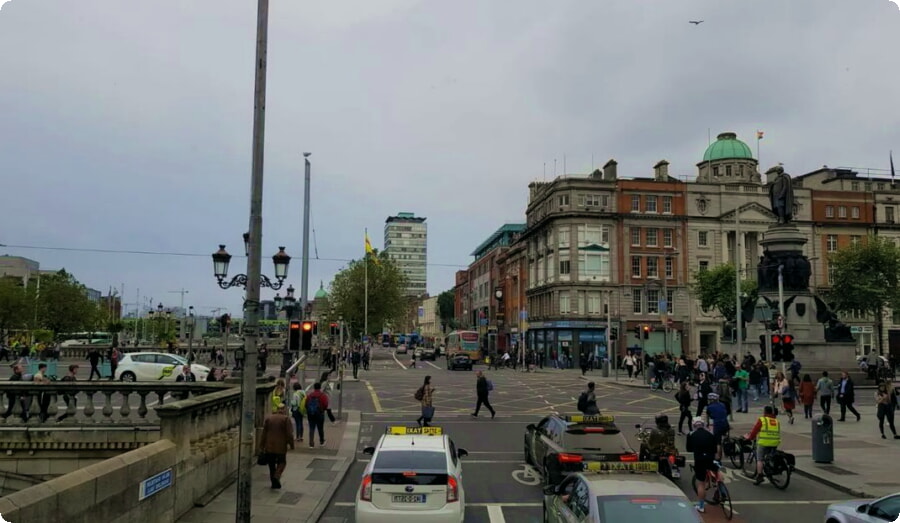
Accomodation and car rental in Dublin
There are many options for accommodation in Dublin. One of the most popular choices is to stay in a hostel, which can be very affordable and offer great value for money. If you’re looking for something more luxurious, there are plenty of hotels that are close to all the main attractions and yet still reasonably priced.
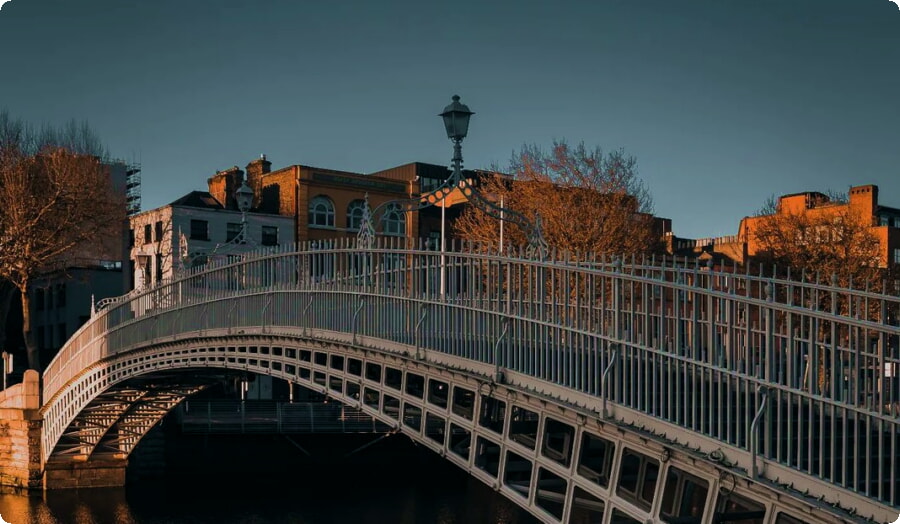
Rental cars are a must for your trip around Dublin. Not only will you be able to get around the city, but also travel to other areas of Ireland and explore nature at your leisure. There are many rental car companies in the city, such as Hertz, Avis and Sixt, which can be easily compared on cars4travel.
Dublin Castle
Dublin Castle is a castle on the north side of Dublin City, Ireland. It is the official residence of the President of Ireland and the National Archives of Ireland.
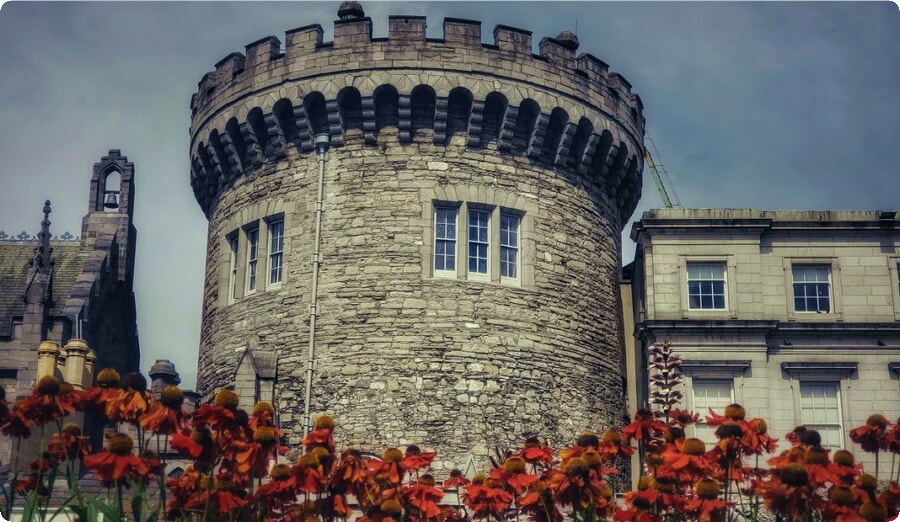
The first castle on this site was built in 1204 by Hugh de Lacy and was subsequently extended by successive lords: Thomas de Burgh, Earl of Ulster (1333-1399), Richard II (1367-1400) and Edward IV (1442-1483). The present structure dates from 1585 when it was rebuilt for Queen Elizabeth I by Sir Christopher Wren after she took control over Ireland from her cousin, James II during his exile in France following his defeat at Battle Boyne in 1690
St. Patrick’s Cathedral
St. Patrick’s Cathedral is the largest Gothic church in Ireland and the seat of both the Archbishop of Dublin and Roman Catholic Primate of Ireland. It is located on the east side of St. Patrick’s Street, Dublin 2 (map). The cathedral was built between 1220 and 1270 following an earlier smaller structure which had been founded by Donat O’Cahan when he established a community on this site in c1152.
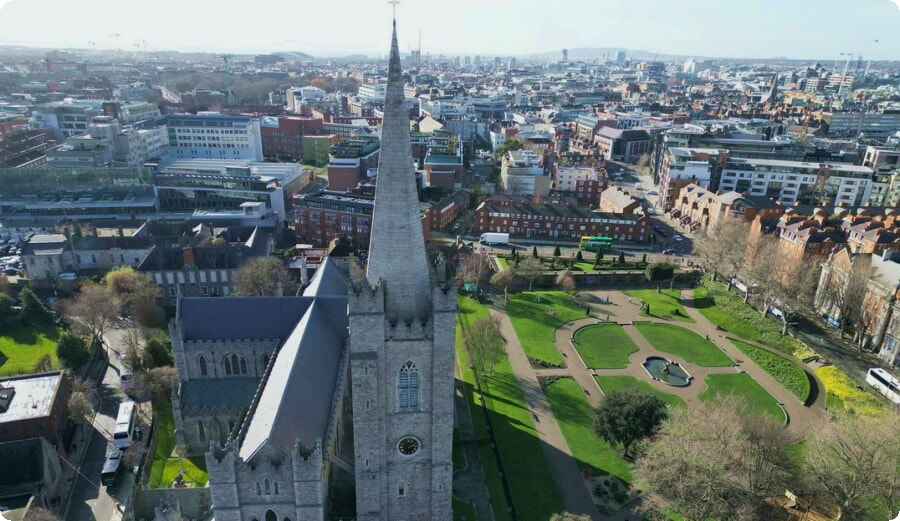
The cathedral has been open to visitors every day except for Sunday morning Mass since 1994 when it reopened after restoration work following two fires in 1984 and 1991 which destroyed much of its interior decoration including all its furniture except for one wooden chair made from an oak tree felled during Henry VIII’s time as king! You can see this chair along with other interesting artefacts relating to early Irish history such as manuscripts written by monks who lived here centuries ago or copies made from them during more recent times; paintings depicting scenes from scripture; glasswork dating back as far as 1680 AD etc…
Dublinia
Dublinia is a free museum that recreates the sights, sounds, smells and tastes of Dublin in the 17th century. You can learn about the history of Dublin while you’re there. It’s also a great place to visit if you want to learn more about Ireland’s history as a whole!
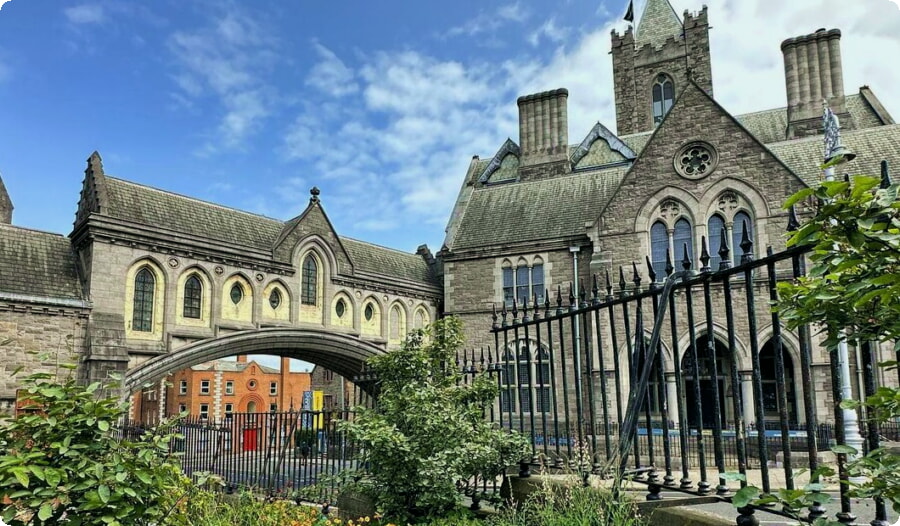
Kilmainham Gaol
Kilmainham Gaol is a former prison that was once the home of many famous Irishmen and women. It’s located in Kilmainham, Dublin and was built in 1796. The prison closed down in 1924 but now serves as a museum where visitors can see what life was like for prisoners there over the years.
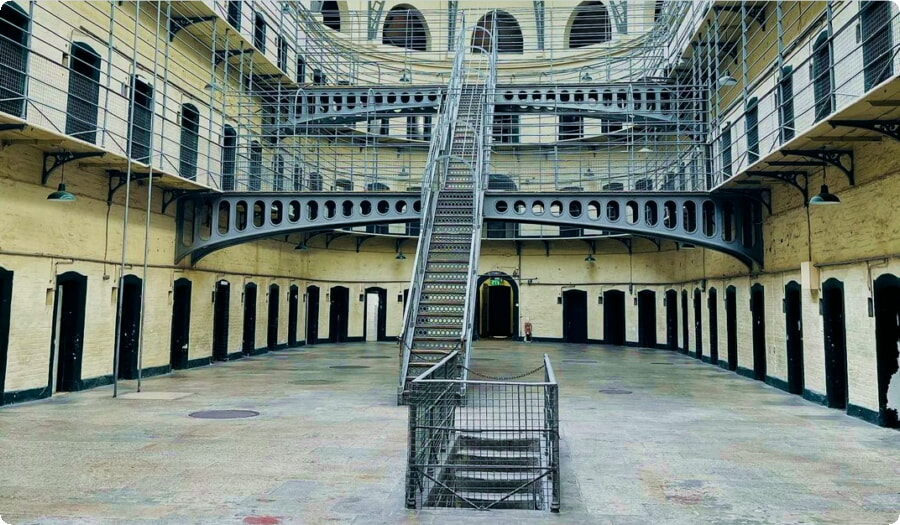
The Gaol played an important role during Ireland’s struggle for independence from Britain starting in 1919 when leaders like Michael Collins were held there before being executed by firing squad at nearby Arbour Hill Cemetery (now called Mountjoy Prison). You can learn more about the history of this place by taking one of their tours which are available every day except Sunday between 10am-4pm or 5pm-7pm depending on what tour you choose; there are also evening ghost tours available too if you’re feeling brave!
The Little Museum of Dublin
The Little Museum of Dublin is a small museum but has a lot of information about Dublin. It’s located in Temple Bar, the cultural quarter of Dublin and it’s open from 10am to 6pm on Mondays, Tuesdays and Fridays, and from 10am to 8pm on Wednesdays and Thursdays.
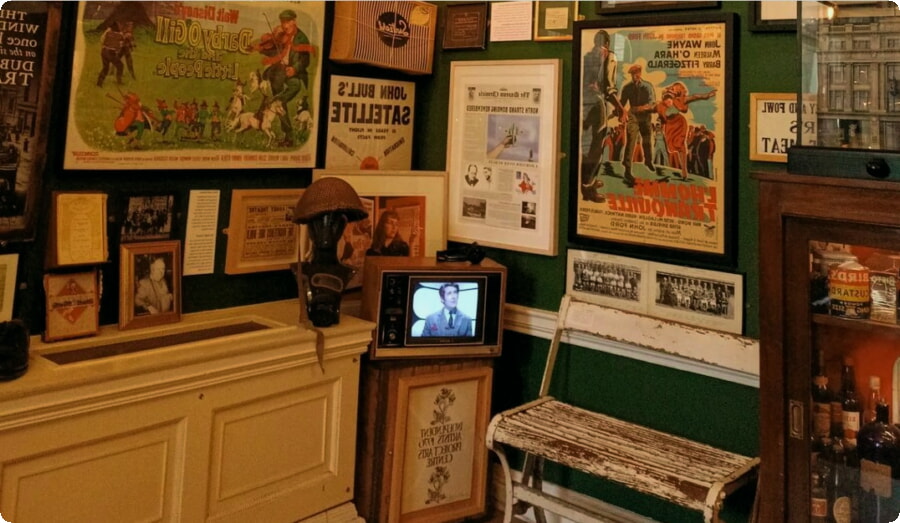
This museum is ideal for those who want to learn more about Ireland’s capital city without spending too much time doing so. You can spend an hour or two here if you’re pressed for time but if you have more time then there are plenty of other museums nearby that should keep you busy until dinner time!
The Guinness Storehouse
The Guinness Storehouse is a museum, brewery and visitor attraction all in one. It’s located in the heart of Dublin and offers tours through its various exhibits. The best part? You get to learn about the history of Guinness while getting a behind-the-scenes look at how it’s made!
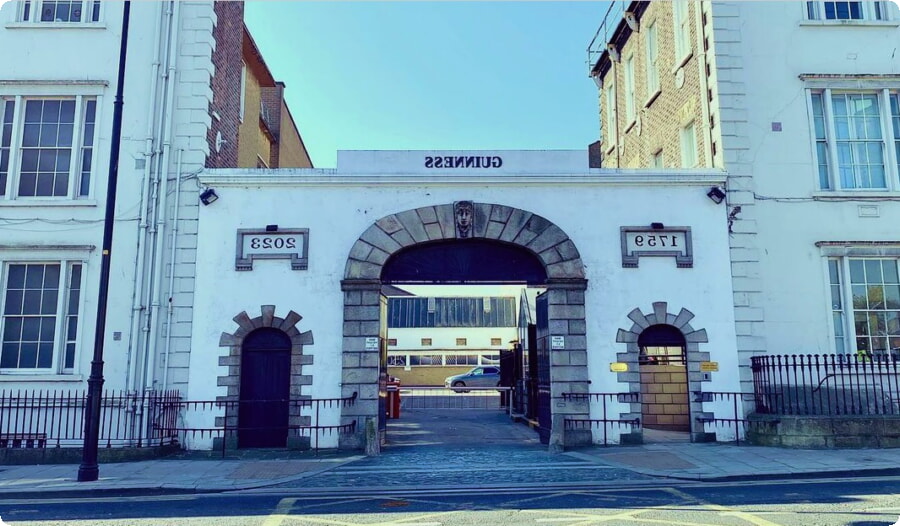
If you have time, I highly recommend taking part in their free tour–it really gives you an appreciation for what goes into making this iconic beer.
There are many things to do in Dublin and you can get around with public transport.
Dublin is a great city to explore and you can get around easily. There are several ways to get around Dublin:
DART train: The DART is Dublin’s suburban railway network, which runs from Malahide and Howth in the north down through Dun Laoghaire Harbour and Bray on the coast then back up into Co Wicklow. It’s a great way to see some of the best parts of Dublin without having to worry about traffic or parking!
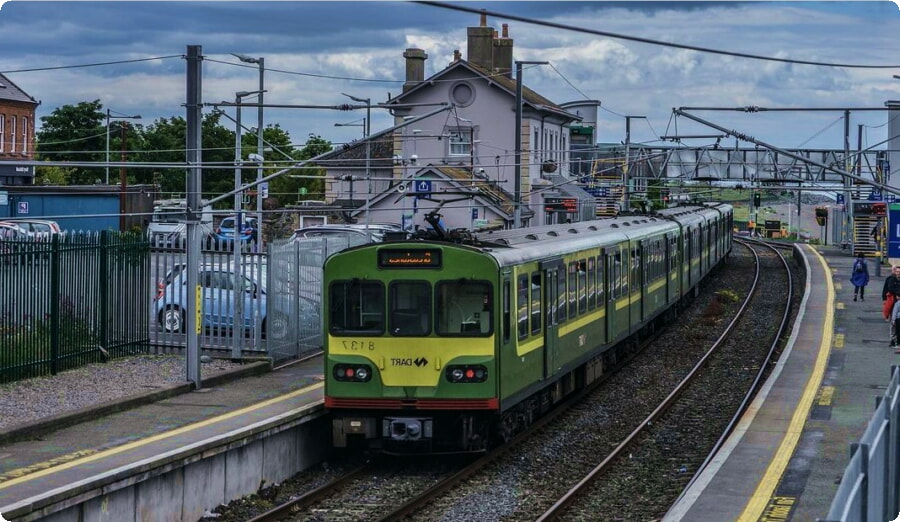
Luas tram: If you want an even quicker way of getting around town, then hop on one of these light rail vehicles that run in a loop around central Dublin along with two other lines out towards Tallaght (west) & Sandyford (south). Tickets cost €2 per ride but it may be worth investing in an all-day pass if you’re planning on doing some serious exploring over multiple days – they cost €6 each day but allow unlimited travel within 24 hours after purchase so they could come in handy if there’s somewhere specific that takes your fancy later down south.
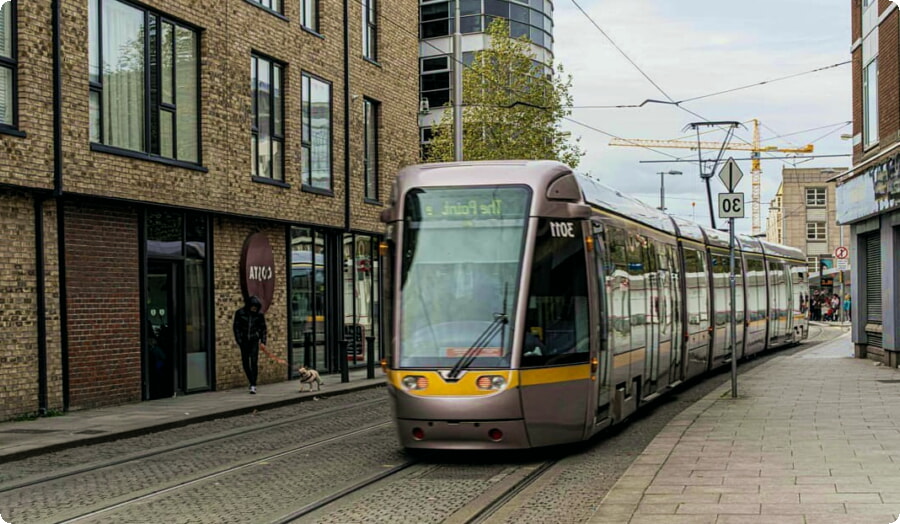
Dublin is a great city to visit, and there’s so much to do. You can get around with public transport, and there are plenty of places where you can eat or drink. I really enjoyed my trip and would recommend it to anyone!

